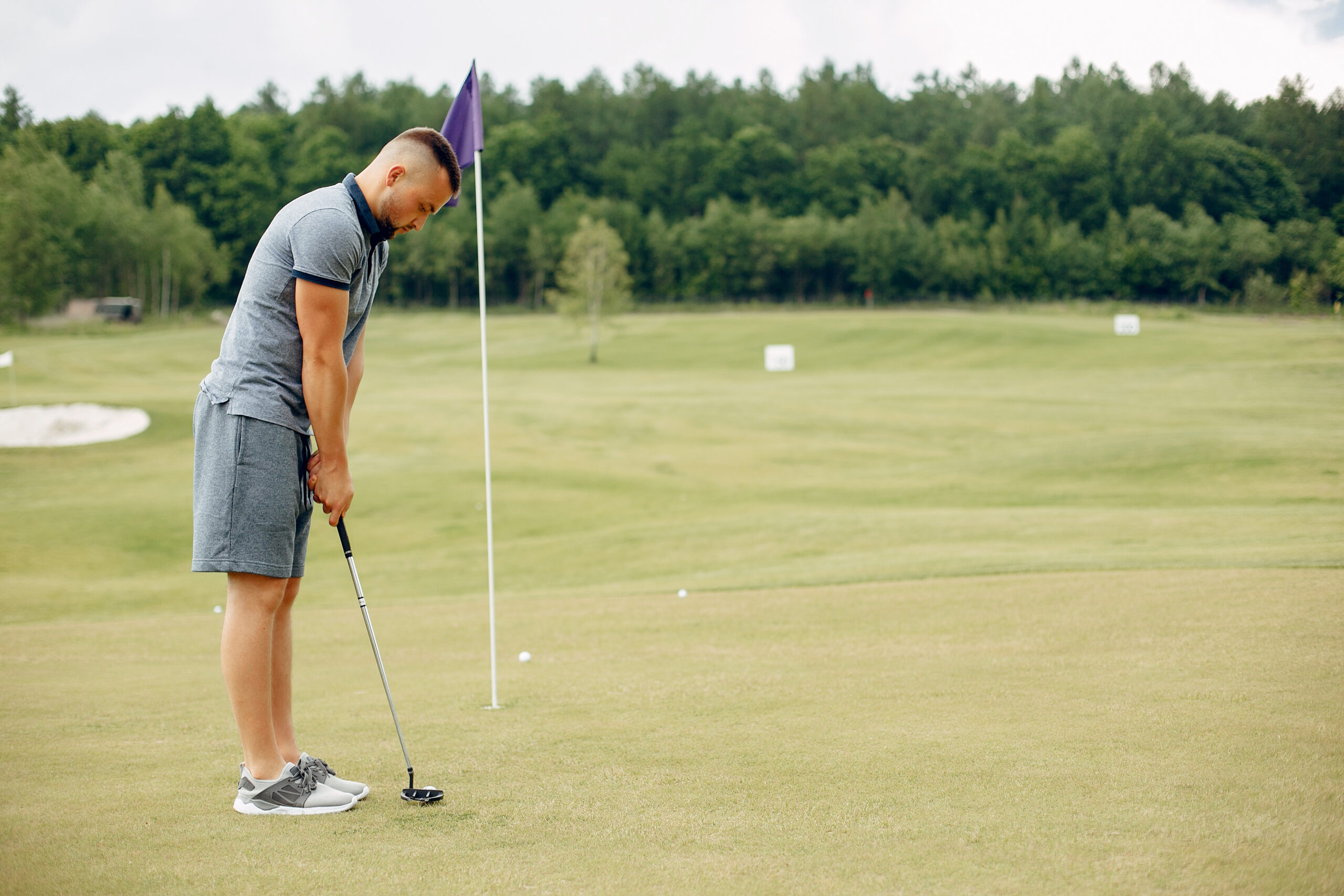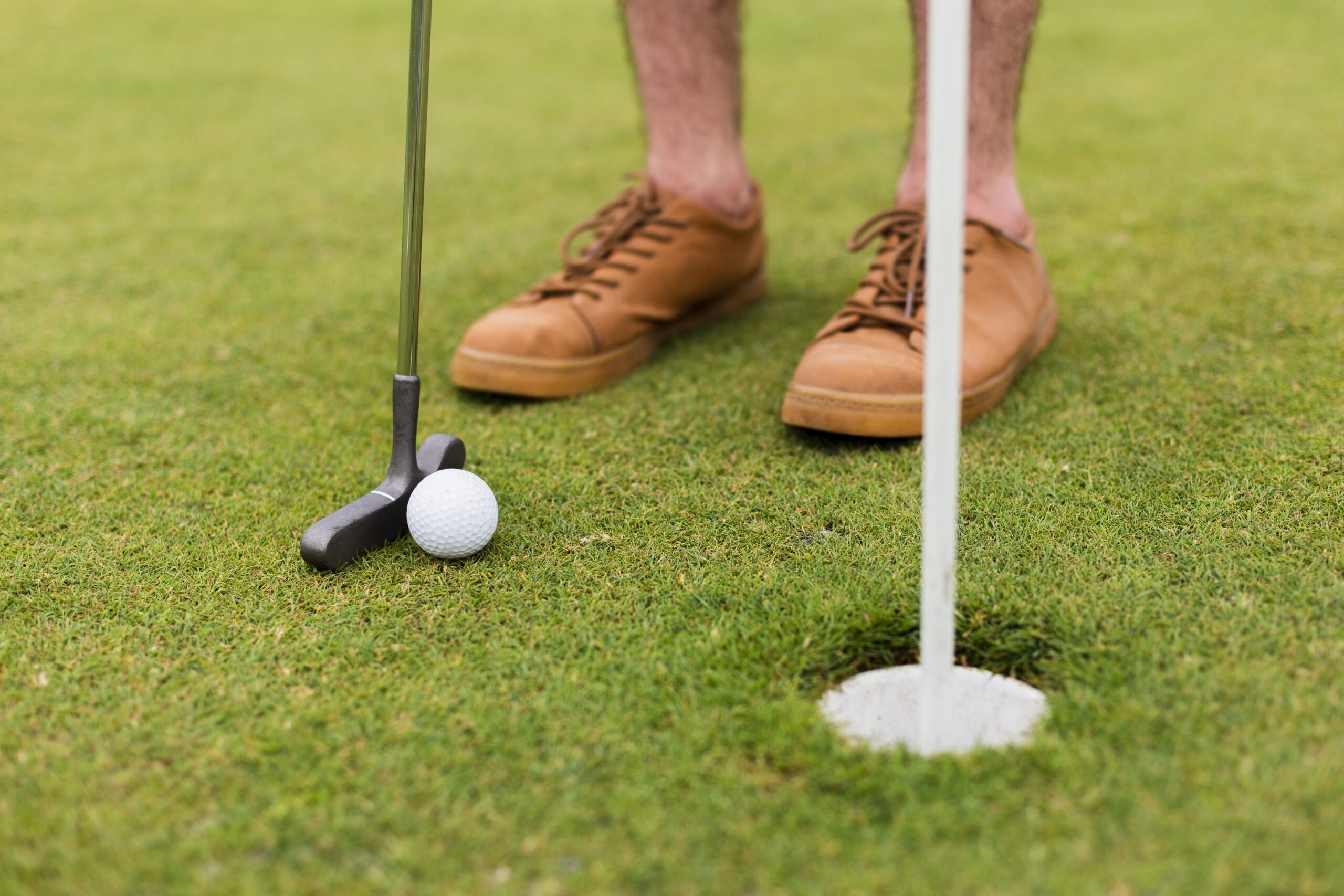Golf, known for its etiquette and rich history, is a sport that comes with a detailed set of rules designed to keep the game fair and enjoyable for everyone. Whether you’re a seasoned pro or just starting, understanding the rules is crucial to improving your game and ensuring a smooth round. Here are 20 essential rules of golf, explained in simple terms to help you navigate the course like a pro.
1. Teeing Area (Rule 6.2)
Your first shot on each hole must be played from within the designated teeing area. The area is typically marked by two tee markers, and you must stay within this space to avoid penalties.
2. Play the Ball as It Lies (Rule 9.1)
One of the core principles of golf is to play the ball as it lies. This means you can’t move or improve your ball’s position unless the rules specifically allow it.
3. No Grounding Club in Hazards (Rule 12.2b)
When playing from a bunker, you are not allowed to touch the sand with your club before making your stroke. This rule ensures the challenge of the hazard remains intact.
4. Lost Ball (Rule 18.2)
If you lose your ball, you have a maximum of 3 minutes to search for it. After that, the ball is considered lost, and you must take a penalty and replay from the original spot.
5. Out of Bounds (Rule 18.2)
If your ball goes out of bounds, you’ll need to replay your shot from the original spot with a one-stroke penalty. Out-of-bounds areas are usually marked by white stakes or boundary fences.
6. Unplayable Lie (Rule 19.1)
If your ball lands in a difficult position, you can declare it unplayable. You then have the option to drop it within two club lengths of the original spot, with a one-stroke penalty.
7. Penalty Area Relief (Rule 17.1d)
When your ball lands in a penalty area (like a water hazard), you can drop your ball outside the area with a one-stroke penalty. This rule allows you to continue playing without significant delay.
8. Ball in Motion Deflected (Rule 11.1)
If your ball is accidentally deflected by you, your equipment, or another object, you must play it from where it comes to rest. The deflection is not penalized as long as it’s accidental.
9. Provisional Ball (Rule 18.3)
If you think your ball may be lost or out of bounds, you can play a provisional ball. If your original ball is found in play, you can disregard the provisional. Otherwise, you continue with the provisional ball with a penalty.
10. Putting Green Repairs (Rule 13.1c)
On the putting green, you’re allowed to repair damage such as ball marks, spike marks, or old hole plugs before putting. This helps maintain fair playing conditions for everyone.
11. Flagstick in the Hole (Rule 13.2)
You now have the option to leave the flagstick in the hole while putting. Whether you choose to have it in or out is entirely up to you and can be adjusted depending on the situation.
12. Dropping a Ball (Rule 14.3)
When taking relief (for example, from a penalty area), you must drop the ball from knee height. Dropping from knee height ensures the ball stays within the designated relief area.
13. Embedded Ball Relief (Rule 16.3)
If your ball becomes embedded in its own pitch-mark, you are allowed to lift and drop it without penalty. However, this relief generally doesn’t apply in bunkers unless local rules allow it.
14. Ball Interfering with Play (Rule 15.3)
If your ball is interfering with another player’s shot, you are allowed to mark and lift your ball. Once the other player has played their shot, you can replace your ball in its original spot.
15. Playing the Wrong Ball (Rule 6.3c)
If you accidentally play the wrong ball (one that isn’t yours), you’ll incur a penalty. Make sure to identify your ball before each shot to avoid this mistake.
16. Order of Play (Rule 6.4)
In stroke play, the player whose ball is furthest from the hole always plays first. This rule ensures fairness and prevents one player from rushing ahead of others.
17. Penalty for Slow Play (Rule 5.6)
Golf has a natural rhythm, and it’s important to keep up with the pace of play. If you’re playing too slowly, penalties can be imposed. Respecting the pace of play keeps the game enjoyable for everyone.
18. Ball Moved by Natural Forces (Rule 9.3)
If natural forces, like wind or gravity, move your ball after it has come to rest, you must play it from its new position without penalty. This rule acknowledges the uncontrollable nature of the outdoors.
19. Abnormal Course Conditions (Rule 16.1)
You are entitled to free relief from abnormal course conditions, such as ground under repair, animal holes, or temporary water. This allows you to move your ball to a playable position without penalty.
20. Maximum Number of Clubs (Rule 4.1b)
A player is allowed to carry a maximum of 14 clubs during a round. Carrying more than 14 clubs results in a penalty, so plan your club selection carefully.
Conclusion
Golf’s rules are designed to ensure fairness, maintain the spirit of the game, and make sure the course is respected by all players. While these 20 rules cover some of the most important aspects of the game, always be prepared to consult the full rule book or a local official for specific situations. Understanding and following the rules will not only improve your performance but also enhance your overall experience on the course. So, next time you hit the links, keep these rules in mind, and enjoy your round!





